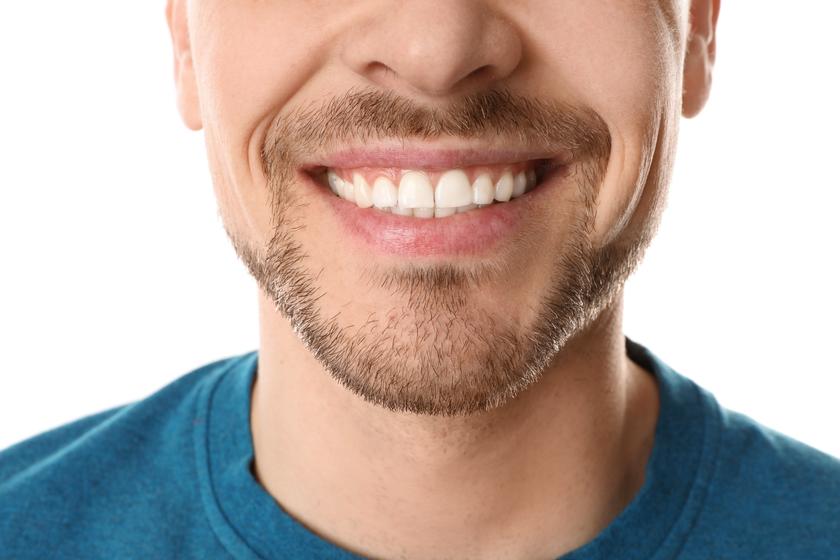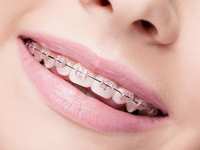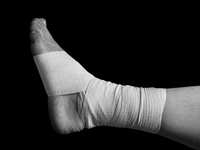- Categories :
- More
A Guide on How to Fix an Overbite

Have you been studying your smile in the mirror and thinking it may be a bit too much? You’re probably dealing with an overbite. While this condition can have noticeable physical effects, the implications go beyond aesthetics. It’s vital to understand what an overbite is, how it is diagnosed, and how to fix it to ensure good oral health.
This dental condition can stem from childhood habits, crowded teeth, or genetic factors, but you don’t have to worry—treatment options are available to address and fix an overbite.
What Is An Overbite?
Overbite, also known as malocclusion, occurs when the upper teeth overlap or protrude over the lower teeth. This misalignment can make your mouth and smile look less appealing and affect your oral health. If you’re wondering how to fix an over bite, you’re certainly not alone; this concern is common for many people.
Unfortunately, overbites are quite prevalent. If left untreated, the onset of an overbite can lead to several risks, such as increased chances of gum disease and tooth decay, along with potential jaw pains and speech difficulties. It’s essential to address an overbite as early as possible to prevent further dental issues.
How Is An Overbite Diagnosed?
- Routine Dental Examination. The first step in diagnosing an overbite is a routine dental examination where an orthodontist visually inspects the teeth and jaw alignment.
- X-Rays. The orthodontist may use dental X-rays to get a detailed look at the teeth and the bone structure of the jaw.
- Photographs. The orthodontist may take photographs of the face and teeth, which serve as visual references during diagnosis and treatment planning. These pictures aid in identifying details that may not be apparent in physical examinations alone.
- Impressions of Teeth. The orthodontist makes molds of the patient’s teeth. These impressions provide a 3D replica of the patient’s dental structure. They are important in understanding the alignment and articulation of the upper and lower teeth and allow the orthodontist to plan an effective treatment strategy.
- Index of Orthodontic Treatment Need (IOTN). This two-component grading system defines the severity of the overbite and aesthetic concerns. The Dental Health Component (DHC) measures the overbite in millimeters, and the Aesthetic Component (AC) ranks the aesthetic appearance on a scale of 1 to 10.
- Symptom Analysis. The orthodontist will also speak with the patient to understand if they’re experiencing any symptoms, such as difficulty eating or speaking or any discomfort or pain due to the overbite.
- Professional Consultation. After all the steps mentioned above, the orthodontist will use this comprehensive evaluation to provide a diagnosis and discuss how to fix a over bite. The approach to fix this varies depending on the severity and impact on the patient’s daily life.
How To Fix Overbite?
Orthodontic Braces
They are one of the most common treatments for correcting severe overbites in teenagers and adults. These traditional braces—which include traditional metal braces, ceramic braces, and invisible aligners such as Invisalign—are used to correct the teeth’s alignment steadily. If you want to read more about the effectiveness of this orthodontic procedure in treating such conditions, you may search the web for “how to fix overbite with braces?”
Retainers
They are mostly used post-brace treatment to retain the new and correct position of teeth, protecting against tooth movement. Apart from preventing enamel wear, retainers can also treat minor overbites if used consistently and as advised by the orthodontist. It’s an effective approach to treatment for slight overbites.
Tooth Extraction
In extreme cases of untreated overbite, where there’s severe overcrowding of teeth or dental overbite, tooth extraction might be required. Extraction of premolar or extra teeth creates more room for the remaining teeth, resulting in better tooth positioning and alignment. This step is often necessary when the overbite has not been addressed in its early stages.
Jaw Expanders
Occasionally, misaligned teeth could result from an overbite that is caused by a narrower upper jaw compared to the lower jaw, which leads to poor alignment. A jaw or palatal expander can help correct this skeletal misalignment. By expanding the upper jaw, it addresses the horizontal overlap and helps to rectify the misaligned teeth.
Surgery
Orthognathic surgery might be necessary for complex cases where orthodontic treatment alone might not be sufficient to correct overbites or issues such as a deep bite. This procedure falls under orthodontic surgery and is often considered a last resort treatment. Undertaken by oral and maxillofacial surgeons, it involves repositioning the jaw bones and managing jaw disorders, including deep bite.
Orthodontic Headgear
Orthodontic headgear is used in more severe situations, particularly with children, as their skulls and jaw bones are still developing. Its function is to guide the progression of jaw movement towards proper alignment, addressing the skeletal overbite and preventing jaw imbalance. This assists in ensuring the correct direction for jaw development.
Why Is Correcting An Overbite Important?
Improved Facial Aesthetics and Self-Esteem
Correcting an overbite can also help straighten crooked teeth and improve overall dental alignment. This can greatly improve the appearance of the face, particularly the smile. Overbite correction enhances facial symmetry and proportions by aligning the teeth and jaws properly. This can lead to a more pleasing and balanced facial aesthetic, boosting self-esteem and confidence.
Better Bite Alignment for Chewing and Digestion
An overbite can result in improper alignment of the upper and lower teeth, making it challenging to chew and bite food effectively. Correcting the overbite improves the bite alignment and allows for more efficient chewing and digestion. This can lead to better overall nutrition and oral health.
Prevention of Tooth Wear and Tear
When teeth are misaligned due to an overbite, certain areas of the teeth may experience excessive wear and tear. Over time, this can lead to enamel erosion, tooth sensitivity, and even tooth fractures. By correcting the overbite, the pressure on specific teeth is redistributed, reducing the risk of uneven wear and promoting healthier tooth surfaces.
Enhanced Speech and Pronunciation
An overbite can affect the positioning of the tongue and impact speech clarity and pronunciation. Correcting the overbite can improve the alignment of the jaws and teeth, allowing for better tongue placement during speech. This can lead to clearer articulation and more confident communication.
What Are The Recommended Practices To Prevent Overbite?
Overbite Prevention in Children
- Pacifier and Thumb-Sucking. It’s important for parents to discourage prolonged use or over-reliance on pacifiers and to break thumb-sucking habits in children. These behaviors can exert unnecessary pressure on the developing teeth and jaw, causing them to shift out of place.
- Tongue Thrusting. This habitual act of pushing the tongue against the teeth while swallowing can also lead to an overbite. Parents should consult with a speech or occupational therapist for an intervention plan if noticed.
- Regular Dental Check-Ups. Regular dentist visits from a young age can help spot any oral health problems early and stop potential tooth problems before they start.
Overbite Prevention in Adults
- Chewing Habits. Some people have a habit of chewing on pencils, pens, or fingernails, which can contribute to an overbite over time. Recognizing and breaking these habits can help.
- Proper Jaw Alignment. Practicing good posture and aligning your jaw can help prevent an overbite. This involves keeping your teeth and lips closed when not eating or speaking and not thrusting your tongue against your upper teeth.
- Prevent Teeth Grinding. Continuous grinding can lead to overbites by misaligning teeth. It’s crucial to seek treatments, like using a mouthguard during sleep, to inhibit grinding and prevent overbites.
Don’t Let An Overbite Hold You Back: Contact Leiker Orthodontics Today
Ensuring optimal oral health is significant for your overall well-being. Addressing problems like an overbite is necessary for a glowing smile and vital for the health of your jaw. Learning how to fix over bite is made easy with the professional expertise offered by Leiker Orthodontics, where we make the procedure simpler and more efficient than you ever imagined.
Prioritizing your smile isn’t about vanity; it’s a valuable investment in your health and self-esteem. If you’re dealing with the discomfort and psychological pressure of an overbite, don’t let it take over your life anymore. Leiker Orthodontics commits to personalized care that ensures a healthier, more appealing smile.
Reach out to us today, and let us guide you through a transformative journey full of smiles.












